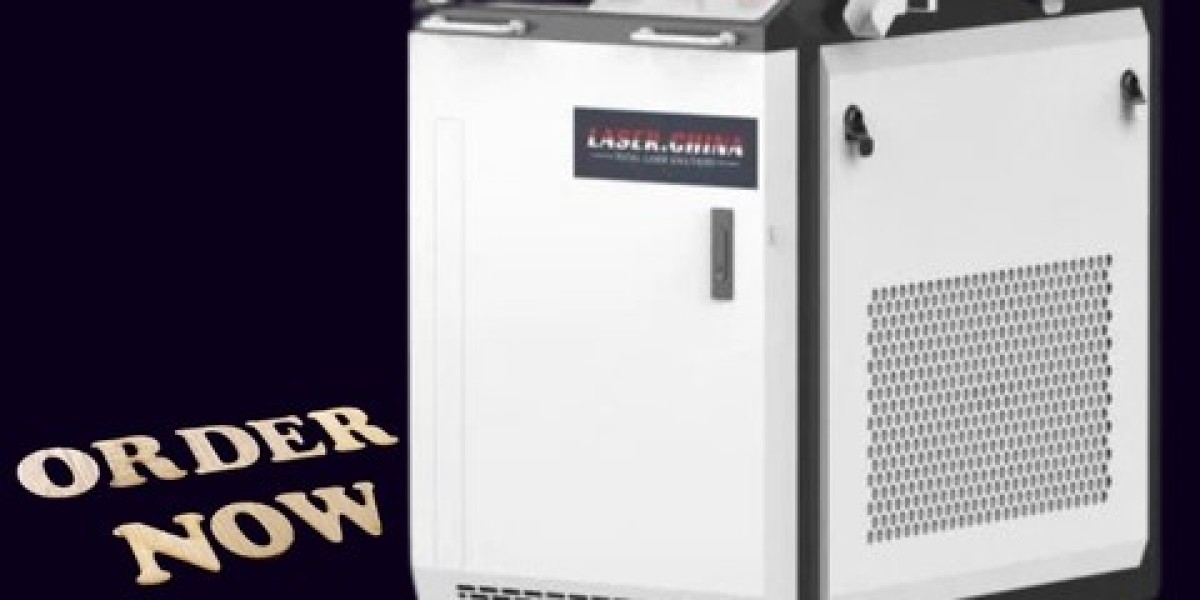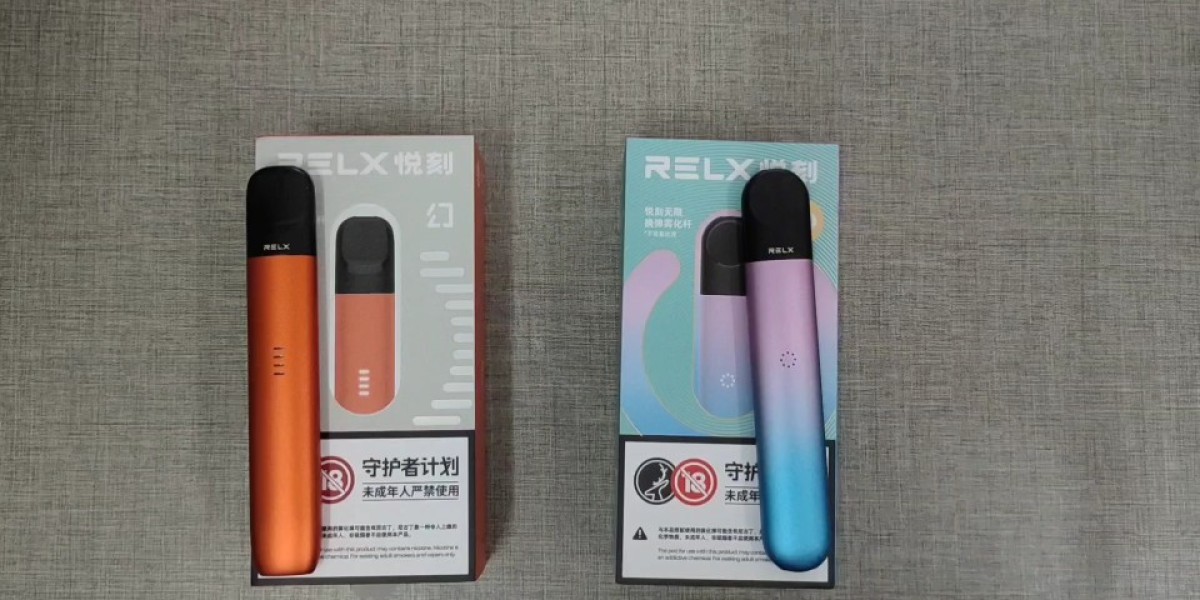Despite sounding futuristic, laser cleaning is grounded in industrial necessity. It operates with focused light energy, precisely calibrated to target specific surface impurities. The light hits the surface, and through controlled photothermal and photomechanical effects, the contaminant layer vaporizes or flakes away, leaving the substrate untouched.
This isn't just high-tech fluff. In industries like aerospace, shipbuilding, automotive, nuclear power, railways, and electronics, there are standards for surface preparation that sandblasting or chemical stripping simply can’t meet without secondary damage or disposal concerns. The laser cleaning machine bypasses those challenges through contactless, non-abrasive, and environmentally safe procedures. But before diving deeper into how it works, let’s clarify one thing:
Surface Appearance vs. Surface Integrity
You may think your rusted pipe looks clean after brushing. But under magnification or X-ray fluorescence analysis, residues and micro-corrosion remain. The human eye is easily fooled, but surfaces intended for welding, coating, or precision bonding need more than cosmetic cleaning.
A laser cleaning machine doesn’t rely on visual cues alone. It removes surface pollutants layer by layer using high-intensity laser pulses, tuned precisely to the absorbance of the contaminant, not the base material. That’s what makes it selective. Oxides and rust typically absorb more energy than polished metals, allowing the laser to strip them away while leaving the original surface untouched.
The Science Behind the Clean
A laser cleaning machine uses one of two mechanisms:
Thermal Ablation – The laser heats the contaminant to the point of vaporization. The base material, having a higher thermal threshold, remains unaffected.
Shockwave Ablation – For pulsed lasers, the laser energy causes rapid expansion in the contaminant layer, forming shockwaves that eject particles from the surface.
The parameters—pulse duration, wavelength, repetition rate, and scanning speed—are all adjustable depending on the surface type and cleaning requirement. The operator doesn't guess; they calibrate with precision.
Where Traditional Methods Fall Short
Consider sandblasting: it’s fast and cheap, but it’s also aggressive. While it may remove rust or old paint, it also eats into the material underneath. Chemical cleaning introduces toxins and requires complex disposal systems to handle hazardous waste. Even dry-ice blasting needs a continuous supply of CO₂ and leaves behind residues.
The laser cleaning machine circumvents these problems by not touching the surface physically, not introducing foreign materials, and not generating secondary waste (beyond dust or vapor). That’s why sensitive applications—such as mold cleaning in tire manufacturing or oxide removal in lithium battery components—rely heavily on laser systems.
Application-Specific Insights
Let’s break down how different sectors deploy laser cleaning machines:
Automotive Industry
In EV battery manufacturing, contact surfaces must be oxide-free before ultrasonic welding. Any remaining oxide layer compromises conductivity. A laser cleaning machine removes these micro-layers without damaging the substrate, ensuring perfect connectivity for long-term reliability.
Aerospace and Defense
Aircraft components demand stringent corrosion control. Stripping old coatings with chemicals is not only slow but introduces foreign residues. Laser cleaning allows in-situ maintenance—removing coatings precisely without dismantling structures.
Cultural Heritage and Restoration
Removing grime, soot, or oxidized layers from ancient stone statues or metallic artifacts requires finesse. Manual cleaning risks scratching or damaging delicate surfaces. The laser cleaning machine is used by restoration experts in museums and archaeological institutions due to its ability to selectively remove dirt without altering the original surface.
Power Generation
In nuclear power plants, even slight surface contamination can compromise performance. Laser systems are deployed remotely (using robotic arms) to decontaminate surfaces without exposing personnel to harmful materials or generating additional nuclear waste.
Operator Control and Safety
You might assume that operating a laser cleaning machine requires a lab coat and years of technical training. In reality, modern systems are built with intuitive interfaces. Touchscreens, programmable recipes, and safety features (such as auto-stop on overheat, focus lock, or motion sensors) make daily operation practical for industrial teams.
The laser beam is confined within a working area, often enclosed or manually guided with a handheld laser head. Protective gear is still necessary, including safety glasses and enclosure guards, but the risk is far lower than operating heavy-duty chemical strippers or grit-blasting machines.
Clean, but at What Cost?
There’s a notion that laser cleaning machines are expensive. While initial investment is higher than buying a barrel of solvent or a sandblaster, the lifetime value tells a different story. No recurring cost of abrasives. No consumables. Minimal maintenance. Zero chemical waste disposal fees.
And perhaps most importantly, no rework due to substrate damage, which is common in conventional methods.
The time saved on post-processing, plus consistent results, ultimately reduce long-term operational costs. Several companies report ROI within the first year, especially when shifting from labor-intensive manual cleaning.
Going Beyond Surface Level
Let’s say your business deals with mold cleaning, weld preparation, paint removal, or historical restoration. You already understand the risk of damaging parts, introducing contaminants, or failing to meet industry standards. Traditional tools may work—but they work with trade-offs.
The laser cleaning machine offers a modern solution with scientific precision and operational efficiency. It’s not a gadget; it’s an industrial tool designed to solve real cleaning challenges with a laser-focused approach—literally.
And when it comes to the future, expect this technology to expand into semi-automated production lines, drone-mounted systems for remote infrastructure cleaning, and AI-assisted laser path optimization. But even today, its performance speaks for itself.
Final Thoughts
If you're relying on old-school methods to clean surfaces critical to your operations, you're likely accepting invisible compromises. The laser cleaning machine isn't just about cleaning better—it's about redefining what "clean" means in industrial terms. It's not an upgrade; it's a shift in methodology. When precision, repeatability, and substrate protection matter, no other option checks all the boxes as thoroughly.








